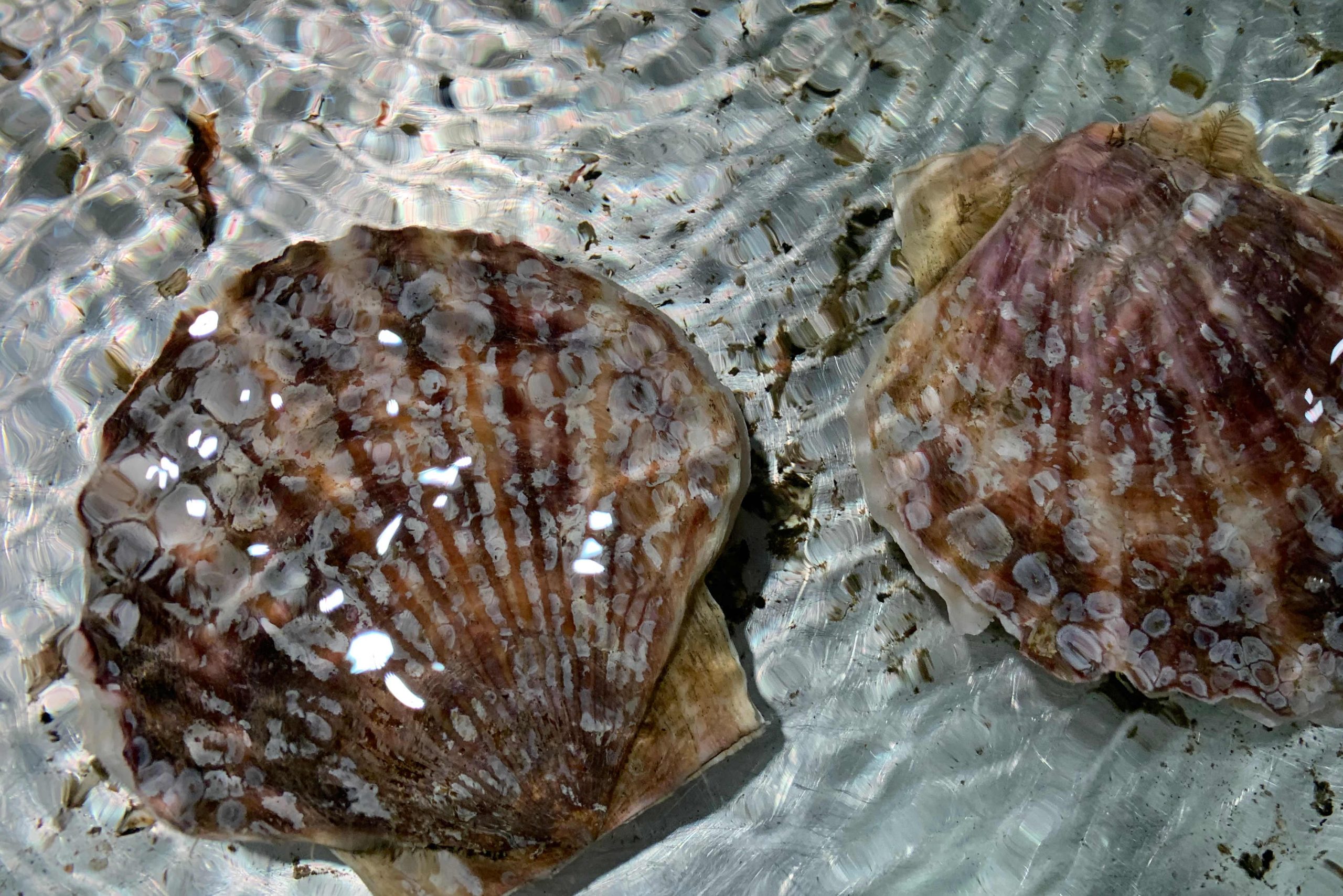SCALLOP divers have raised concerns about the impact of dredging on underwater habitats and argued current restrictions are inadequate.
The hand divers were responding to a Scrutiny review, of the proposed Marine Spatial Plan, being carried out by the Environment, Housing and Infrastructure Scrutiny Panel.
Panel chair Deputy Hilary Jeune, a former Assistant Environment Minister, explained: “While the aims of the Marine Spatial Plan, to protect our marine environment for future generations, are laudable, we have to ensure the plan – as it is being proposed – is the right one for our Island.”
The government recently reduced the proposed protected area under the plan from 27% to 23% of territorial waters following consultation with the fishing industry.
This reduction has, however, drawn criticism from local scallop divers who have raised concerns about the impact of dredging on marine habitats.
Toby Woolley, a professional diver with ten years of experience, warned that reducing protected areas could leave vulnerable habitats “decimated”.
He said: “The dredging fleet is expanding at an alarming rate and, if the size of the marine protected area is reduced, this could leave a lot of unprotected areas being decimated.”
Meanwhile, 62-year-old Bob Titterington, who became a commercial diver aged 22, said that parts of Jersey’s seabed were “more damaged than ever before” due to increased dredging.
He argued that current restrictions were inadequate and urged action to protect marine habitats.
He added: “The few bans introduced so far are minimal and often where scallop dredging does not happen, such as over the main islands of the Minquiers and Ecréhous.”
Announcing the changes last month, Environment Minister Steve Luce said that the revised plan struck a “balance”.
Meanwhile, ocean conservation group Blue Marine Foundation called it a “significant first step” towards international conservation goals, despite being disappointed by the reduction in protected area.
The plan proposes a three-tier protection framework with different levels of protection in each tier: Regulated Fishing Zone, Seabed Protection Zone, and highly-protected No Take Zones.
It also identifies additional zones for potential future protection to help meet Jersey’s commitment to protect 30% of marine areas by 2030.
The revised Marine Spatial Plan is set to be debated in the States Assembly this autumn after the Scrutiny review is complete.
Those interested in sharing their voice with the Scrutiny panel can email the panel officer at: a.thorne2@gov.je.






